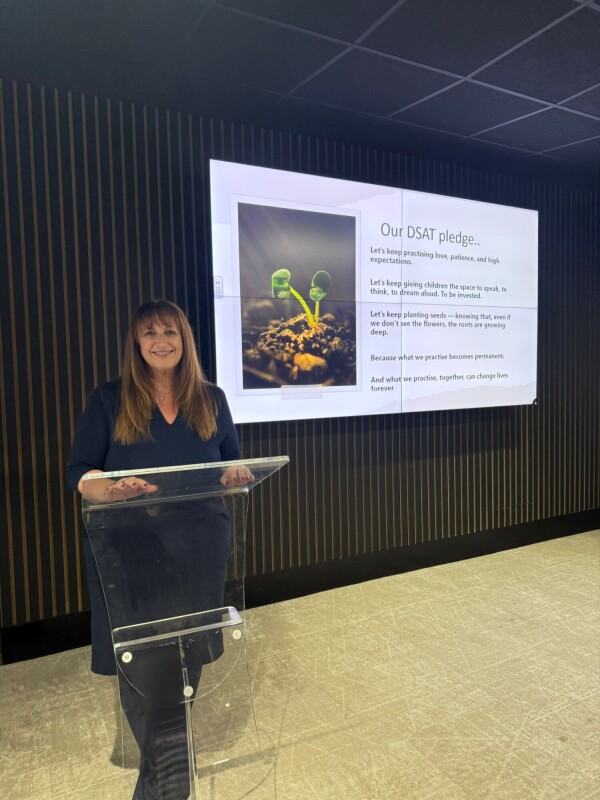Teaching and Learning Strategy
DSAT schools are all individual and there is no ‘one size fits all’ approach to curriculum and provision. Headteachers and their staff design curriculum programmes that meet the needs of their own school and context.
 Our commonalities and shared approach across DSAT speak more about pedagogy and joint practice development than a replicated curriculum. We have a strong, developing, research-based approach to teaching and learning which is consistent and shared across all of our schools: this forms the basis of our drive for school improvement and raising of standards in all aspects of the curriculum. Raising attainment is also about understanding the aspirations of the individual child, and as such, in DSAT we promote the mastery approach in our classrooms; expertly planning learning which enables all children to access teaching and to make rapid progress. We promote teaching strategies across our schools which enable our pupils to know and remember more: applying retrieval strategies, planning small steps of learning to ensure children’s conceptual knowledge is developed and learning is deeply embedded, and promoting fluency strategies. We support our leaders and teachers to design and deliver the curriculum in a way which allows pupils to transfer key knowledge to long-term memory, sequenced so that new knowledge and skills build on what has been taught before and pupils can work towards clearly defined end points: a spiral curriculum.
Our commonalities and shared approach across DSAT speak more about pedagogy and joint practice development than a replicated curriculum. We have a strong, developing, research-based approach to teaching and learning which is consistent and shared across all of our schools: this forms the basis of our drive for school improvement and raising of standards in all aspects of the curriculum. Raising attainment is also about understanding the aspirations of the individual child, and as such, in DSAT we promote the mastery approach in our classrooms; expertly planning learning which enables all children to access teaching and to make rapid progress. We promote teaching strategies across our schools which enable our pupils to know and remember more: applying retrieval strategies, planning small steps of learning to ensure children’s conceptual knowledge is developed and learning is deeply embedded, and promoting fluency strategies. We support our leaders and teachers to design and deliver the curriculum in a way which allows pupils to transfer key knowledge to long-term memory, sequenced so that new knowledge and skills build on what has been taught before and pupils can work towards clearly defined end points: a spiral curriculum.
In DSAT, our aim is to ensure that all children make excellent progress, and that no child is lost in the averages. At the heart of this is a commitment to improving the quality of teaching and learning in every DSAT classroom. In DSAT, teachers have a common language and framework for Teaching and Learning, defined as our ‘Teach Simply’ DSAT model. We believe that children know and remember more when lessons are shaped around the following: Revisit/review, Teach, Practise, Apply, Assess. Our DSAT ‘Teach Simply’ model is informed by current research and, very importantly, ensures that our children know and remember more:


